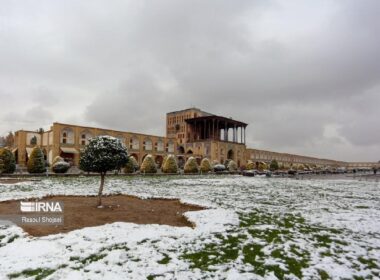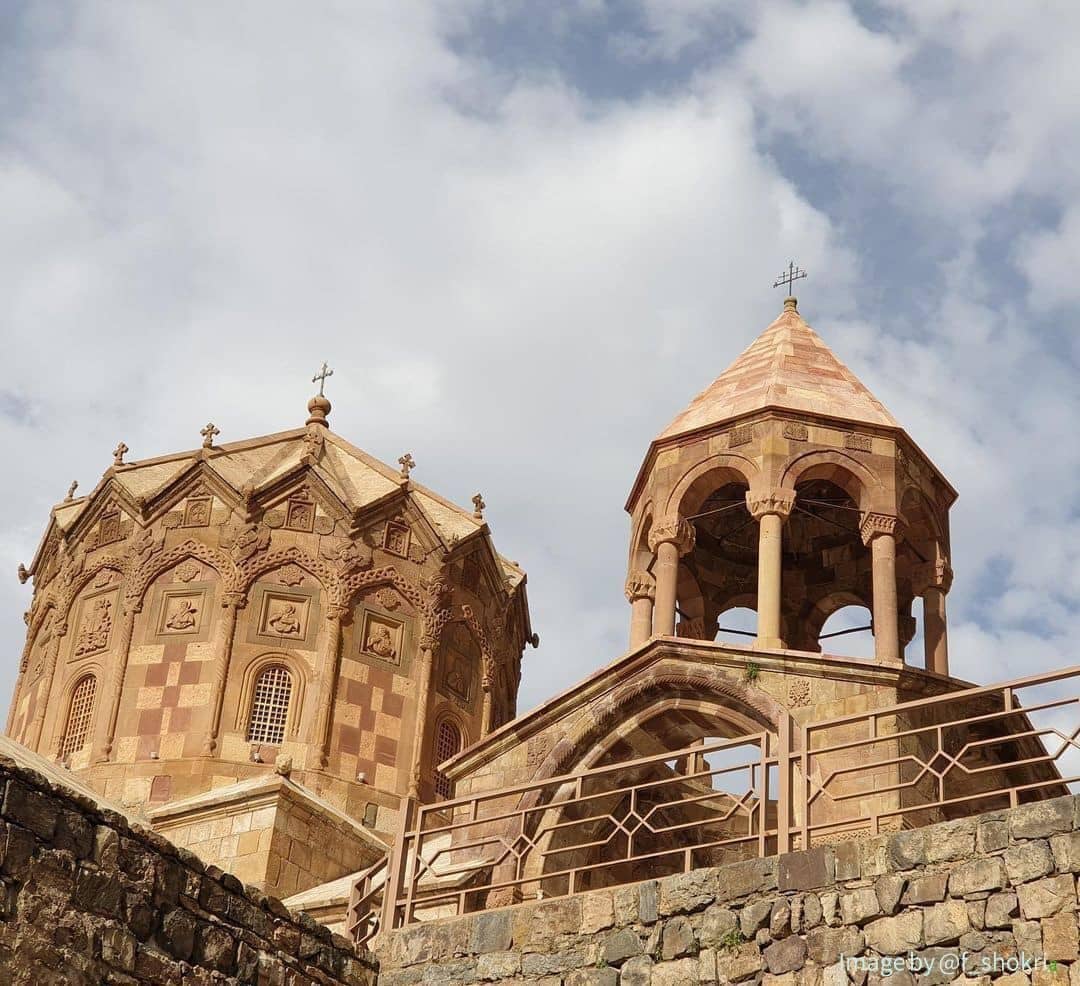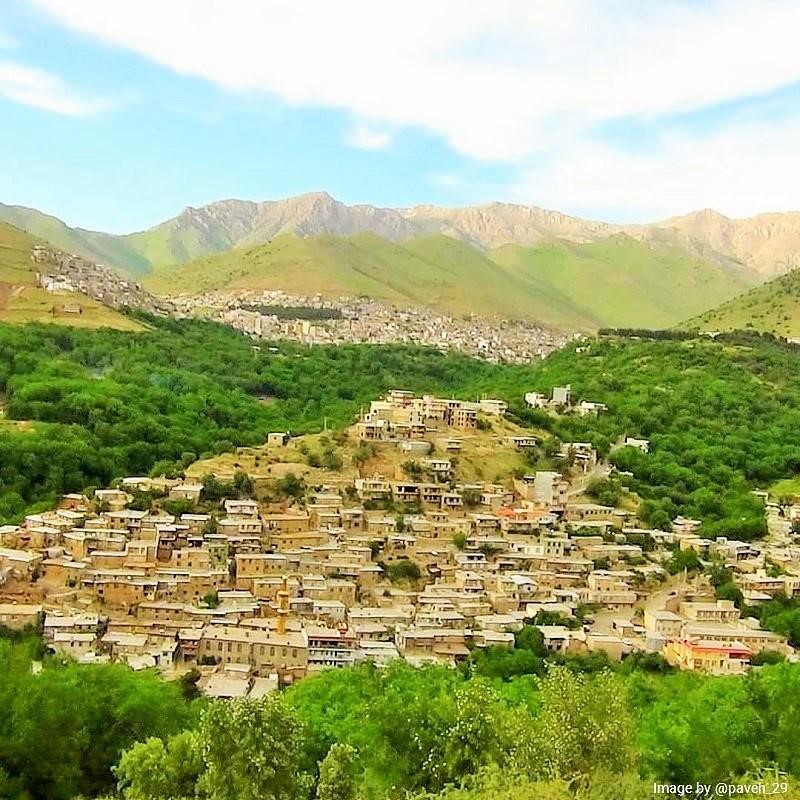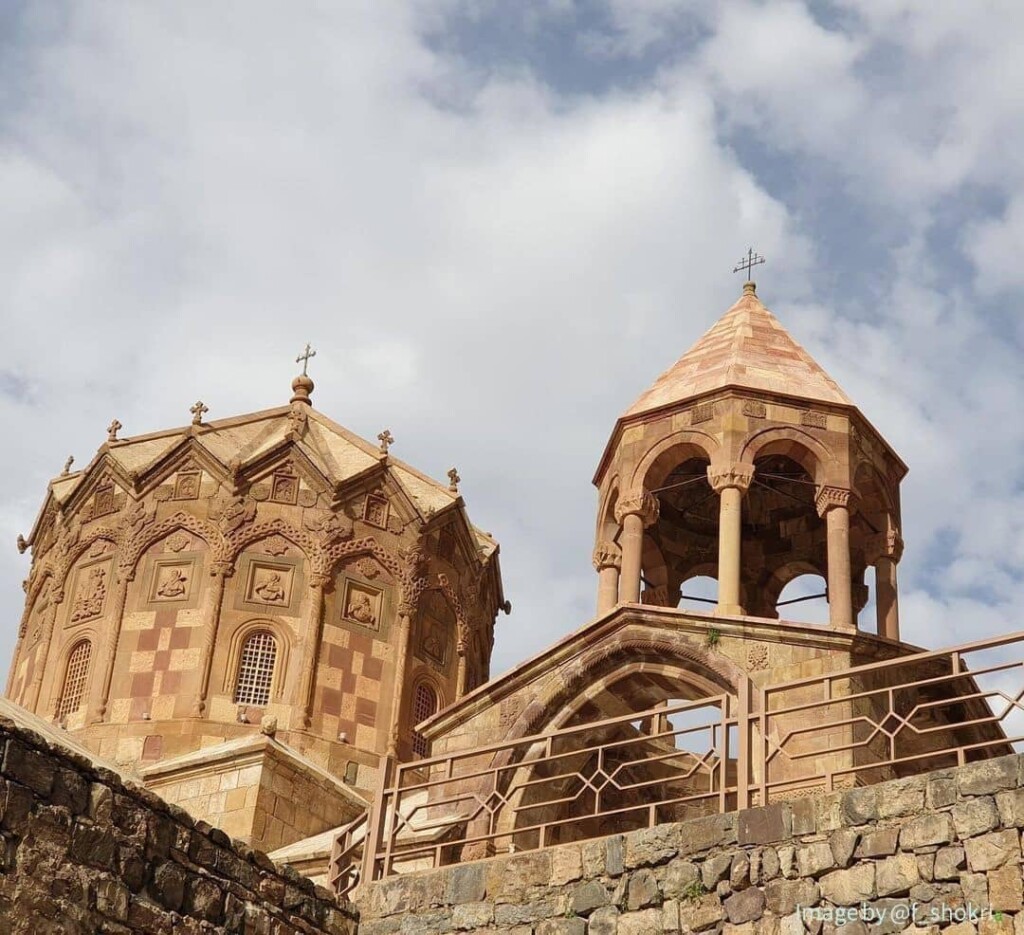
The church of Saint Stepanos is one of the historical tourist attractions of Iran in the northwest of the country, which attracts an enthusiastic audience. This tourist destination, which attracts those interested in religious and cultural heritage tourism, is a monastery away from the big cities in the area.
The mentioned building is one of the oldest churches in Iran, whose renovations and decorations belong to different historical periods. This church, along with Saint Thaddeus Cathedral or Qara (black) Church and the Chapel of Dzordzor, has been added to the UNESCO world heritage list under the title “Armenian Monastic Ensembles of Iran”. The location of this church and why it was named the Monastery of Saint Stepanos are interesting and worth reading about.
Who Was Saint Stepanos?
The first thing about this historical attraction that captivates the audience is the name. The Monastery of Saint Stepanos is named after a person believed to have been one of the apostles of Jesus Christ. This person is known as the first martyr in the history of Christianity, who was hanged by the people of Judea in 36 AD.
He was charged with publicly denouncing Judaism and later hanged as an apostate in Jerusalem. Therefore, this church is named after him in respect to his memory and as a reminder of His Sainthood.
History and Architecture of the Monastery of Saint Stepanos
The construction date of the Monastery of Saint Stepanos is considered to be the era of early Christianity. According to experts, its architectural style is a combination of various Urartu, Parthian, and Roman architectural styles.
Although the exact year of its construction remains unknown, the style and method of the building architecture and the materials used in the construction show that this building must have been built sometime between the 10 and 12 century AD. The oldest source mentioning this monastery roughly dates back to the end of the 10th century AD. For this reason, the construction of this building is estimated to have taken place in the same era.
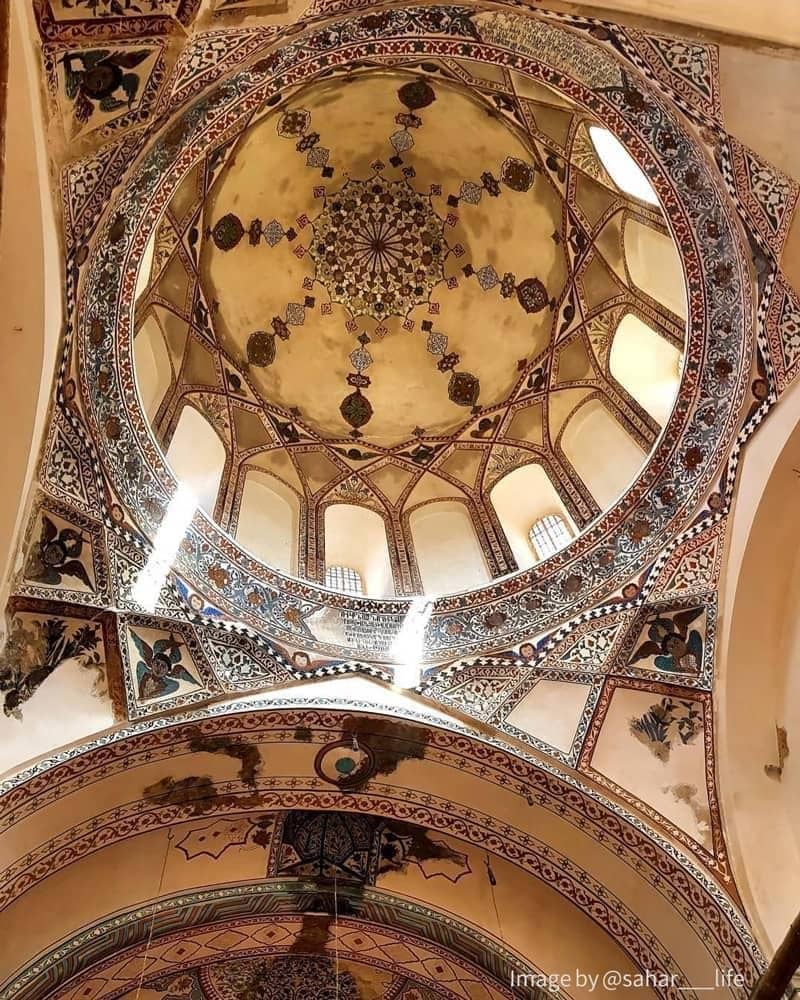
The church contains three main sections: the main chapel, the fireplace of Daniel, and the bell tower. You can find the religious school (or monastery) and the historical museum in other sections of the church.
Each section of the church displays different stories from the history of Christianity at that time. The stories written on the walls and the paintings in different areas of the church narrate these historical events from early Christianity.
Armenian Architectural Style Implemented in The Monastery of Saint Stepanos
The impressive architecture of this building is observable from its facade. As soon as you reach it, you will see its eye-catching architecture and spectacular and unique view located in the mountains of northwestern Iran.
From the outside, you can see a church enclosed inside a castle, and the surrounding enclosure wall with seven watchtowers to guard it. From there, you will notice that the dome of this building, unlike other Iranian domes, is built on a cylinder.
The carved wooden gate, which has a beautiful design of the Holy Mary and Christ, adds to the beauty of the church entrance. In addition, you can see religious symbols and images of the crucifixion of Christ and the hanging of St. Stepanos on the church’s exterior walls.
Inside the church building, you can see the wall paintings of Hakob Hovnatanyan, a famous Armenian painter who was originally from Tbilisi. Hakob is considered the founder of modern Armenian painting. He is a renowned painter from the Safavid period in Iran.
Reconstruction and Restoration of Saint Stepanos Church
Reconstruction and restoration of historical buildings is a necessary measure, essential to preserve historical buildings throughout time. The Monastery of Saint Stepanos is no exception, and it has been rebuilt in different periods throughout history.
The reconstructed artifacts in this historical attraction are remnants from different periods such as the Safavid era and Qajar era. In addition, there have been other distinct renovations in different eras before them. In contemporary history, this building has been renovated over the course of several years, with the last renovation in 2005.
The Location of Monastery of Saint Stepanos
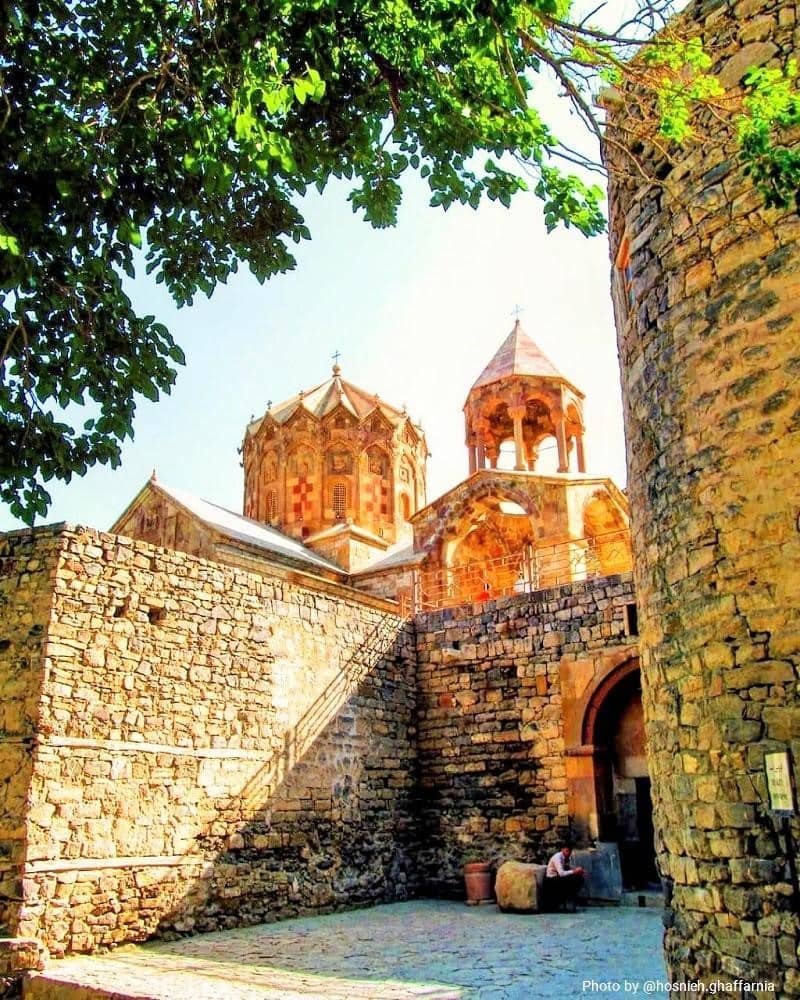
If you are planning to visit this church, you need to know the exact location in the area in order to reach it. This church is located on the edge of the Aras River, in a unique geographical location.
To get to the monastery, you need to travel to East Azerbaijan and go to the city of Jolfa. Then, from Jolfa city, go about 17 kilometers to the west. That’s how you can get to the location of this church and visit it.
Visit the Monastery of Saint Stepanos When Travelling to East Azerbaijan
If you travel to the East Azerbaijan Province and look for Tabriz Tourist Attractions, make sure you include a visit to this monastery in your schedule. If you are interested in ancient historical monuments and engage in cultural heritage tourism, this international site will introduce you to a building that is very different from other examples of Iranian architecture.
Destination Iran invites all international travelers to learn more about Iranian culture and identity by studying the historical monuments of Iran.
Where is the Monastery of Saint Stepanos?
This church is located in the East Azerbaijan province. The church is located at 17 kilometers west of Jolfa city and 3 kilometers from the southern bank of the Aras River, there is a place called “Qezel Vanak”, or the red monastery. To visit this church, go to the following location:
Frequently Asked Questions About the Monastery of Saint Stepanos
If you cannot find the answer to your question here, leave us a comment in the comment section below this post and ask your question. We will answer it as soon as possible.
Who was Saint Stepanos and why is this church named after him?
Stepanos, or Stephen, is the first martyr of Christianity. Out of respect for this martyr and his sainthood, there is at least one church named after him in most countries.
What was the story of finding skeleton remains in Stepanos Church?
During the restoration of Stepanos Church in 2005, skeleton remains were discovered between the two arches of this church. This discovery was proof of a historical narrative that claimed the remains of some apostles and saints were buried in this building. Other objects were also discovered in addition to the bones, such as fragments of wooden caskets that contained the bones, pieces of yellow cloth, pieces of wax, ocher clay, and frankincense seeds.
How old is the Monastery of Saint Stepanos?
There are different accounts about the origins of this church, but based on the architecture and construction style, the construction was sometime between the 10th and the 12th centuries AD. Others believe that the construction of this church dates back to the Safavid period.


